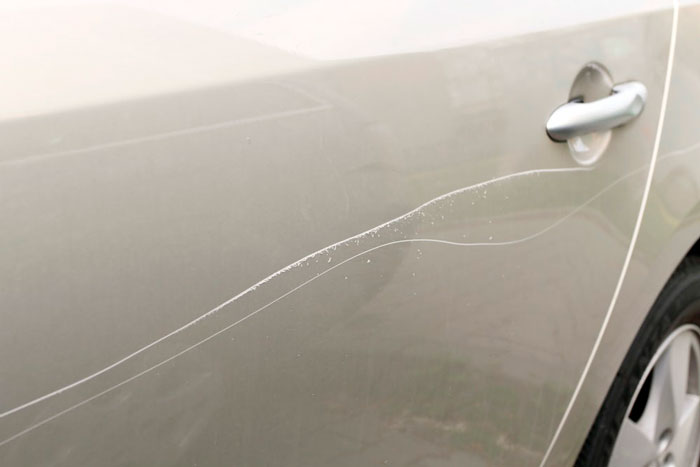 Details
Details
Keeping your car in perfect condition is every driver’s goal. However, small accidents and natural wear and tear often result in scratches. Some scratches are superficial and easy to solve. Others, however, are deeper and demand special attention. So, the big question is: when is polishing enough, and when is repainting necessary?
In this guide, you will learn how to identify the depth of a scratch, the risks of choosing the wrong solution, and the best care practices to maintain your car’s paint in excellent condition.
Before deciding between polishing or repainting, you must assess the depth of the scratch. Car paint consists of three main layers:
Based on these layers, scratches can be classified into:
Polishing is ideal for superficial scratches. The light abrasion of the process eliminates minor imperfections in the clear coat, restoring shine and uniformity.
Polishing is usually the right choice when:
Besides restoring appearance, polishing adds protection back to the paint and helps preserve the car’s value.
If the scratch is too deep, polishing will not be enough. Repainting becomes necessary when:
Repainting not only restores the car’s finish but also prevents corrosion and ensures long-term protection. Although it is more expensive, repainting is the correct solution to completely repair the damage.
Leaving deep scratches untreated can cause severe problems. Over time, the exposed metal accelerates the appearance of rust. Additionally, the damaged area compromises the vehicle’s aesthetics and reduces its resale value.
Taking quick action is the best way to avoid higher repair costs in the future.
In addition to repairing existing damage, you can also prevent new scratches with simple precautions:
The decision between polishing and repainting depends on the scratch’s depth. While superficial scratches can be easily fixed with polishing, deep scratches require repainting to fully restore protection and beauty.
By taking the right approach and preventive measures, you extend the life of your car’s paintwork and maintain its value for much longer.